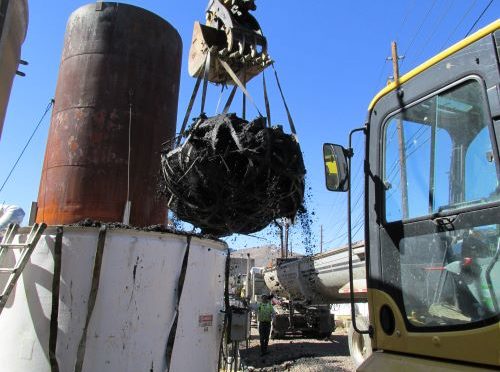The iron sponge process selectively removes H2S from gas or liquid streams. The process is limited to treating streams containing low concentrations of H2S at pressures ranging from 170 to 8300 kPa (ga). The process employs hydrated iron oxide, impregnated on wood chips. You can get information About iron sponge h2s removal via h2szero.com/services/h2s-removal/iron sponge/

Care must be taken with the iron sponge bed to maintain pH, gas temperature, and moisture content to prevent loss of bed activity. Consequently, injections of water and sodium carbonate are sometimes needed. H2S reacts with iron oxide to form iron sulfide and water.
When the iron oxide is consumed, the bed must be changed out or regenerated. The bed can be regenerated with air; however, only about 60% of the previous bed life can be expected.
The bed life of the batch process is dependent on the quantity of H2S, the amount of iron oxide in the bed, residence time, pH, moisture content, and temperature.
These types of processes are not as widely used as the liquid processes, but there are several advantages that make them worth considering.